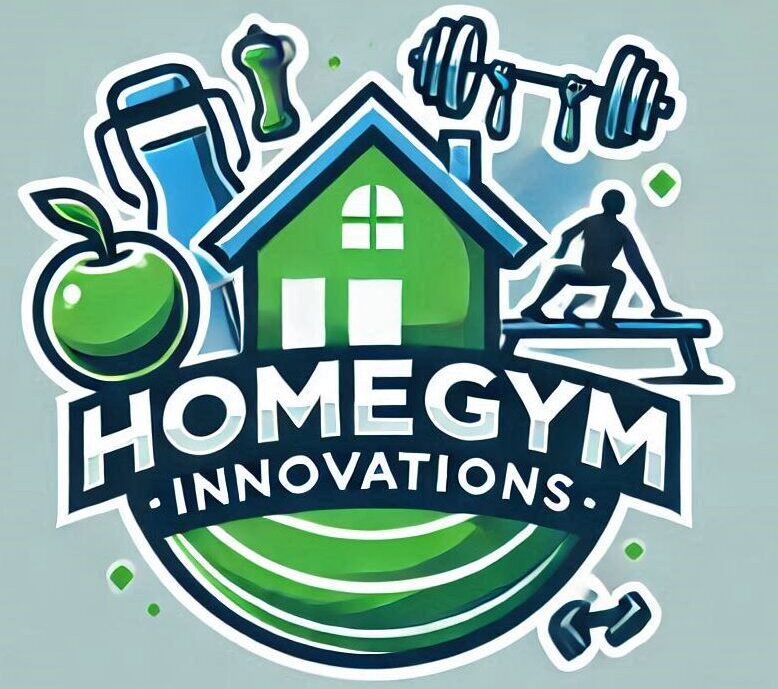Building up core strength at home can really be a game changer for both fitness and daily comfort. A solid core helps with balance, posture, injury prevention, and even stuff like carrying groceries or playing sports. Back when gyms were closed and everyone started working out at home, I realized just how effective some living room exercises could be for my abs, obliques, and lower back. Whether you’re brand new or looking for ways to mix up your core routine, I’ll walk you through how to get started, which gear (if any) helps, and some tips for keeping your motivation up.
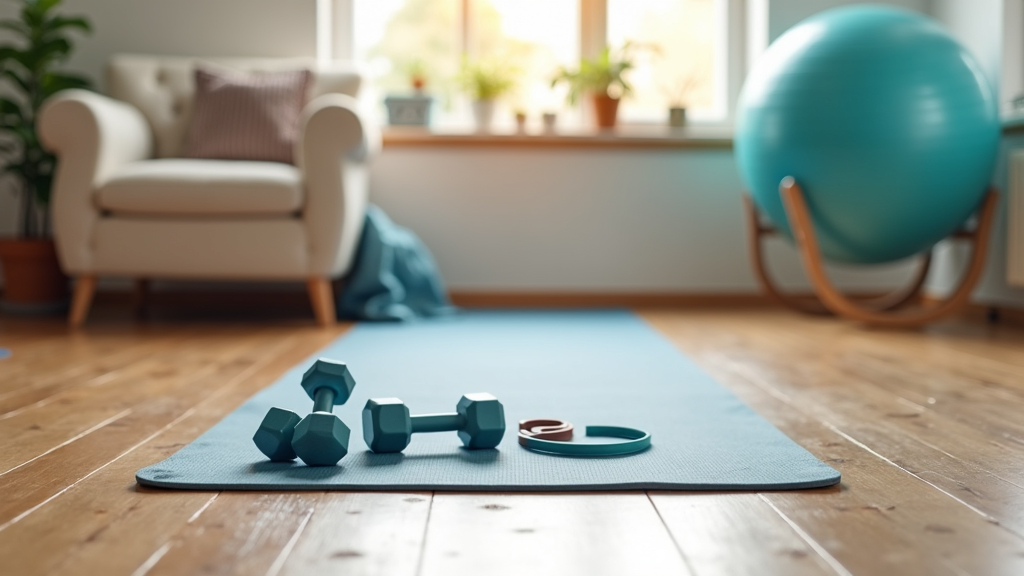
Why Core Strength Matters for Everyday Life
Strong core muscles are about much more than just visible abs. Your core includes the muscles around your trunk and pelvis, like abs, obliques, lower back, and even your hips. I’ve noticed that after working on my core, I can stand taller, my back aches less, and my other workouts feel easier too.
Core strength keeps your spine stable, makes movements smoother, and reduces the chance of tweaking something during physical activity or just sitting at a desk all day. Even if you’re not big on fitness, having a strong and steady core gives you better body control for simple things like climbing stairs, lifting your kids, or sitting comfortably for long stretches. It also helps with carrying groceries, reaching for things, and just easing the physical stresses of everyday life. With a stronger core, motions like twisting, bending, or lifting become much safer and less stressful for your body. Not only does your confidence go up, but your risk for everyday strains—like tweaking your back when picking something up—drops. Good posture, balance, and a feeling of mobility become second nature.
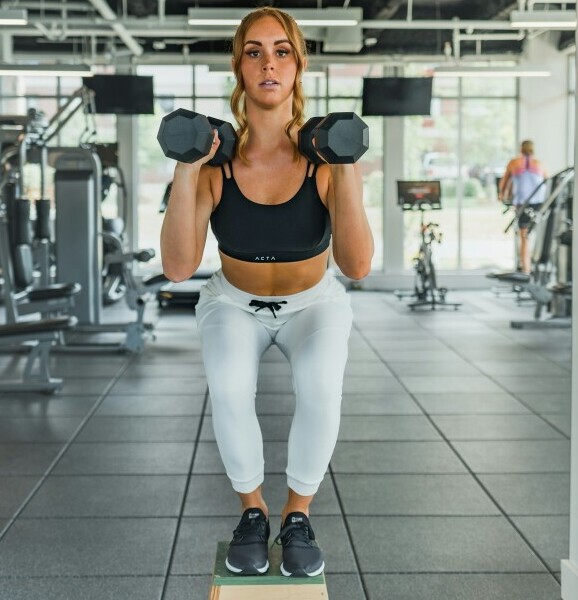
How to Get Started with Core Workouts at Home
You won’t need fancy equipment or a ton of space. What you do need is a bit of consistency and the right moves. I usually clear some space on my living room rug or use a simple exercisemat. Starting with slow, controlled exercises lets you get the form right and build a solid base before adding extras like weights or bands.
Here’s a quick guide for total beginners:
- Focus on form: Slow reps with good technique help build strength and avoid injuries.
- Start with bodyweight movements: Classic moves like planks, bridges, and dead bugs are plenty challenging at first.
- Schedule regular sessions: Two or three core workouts per week are usually enough for most people. Spread them out with rest days so your muscles get a chance to recover.
- Listen to your body: Stop anything that causes pain (not just muscle fatigue), especially in your back or neck.
Working on your core isn’t about marathon plank holds or endless situps. Variety and good form win out every time. Try to make core work a routine, like brushing your teeth—it’s easier to keep going when it’s just a regular part of life, not a huge challenge.
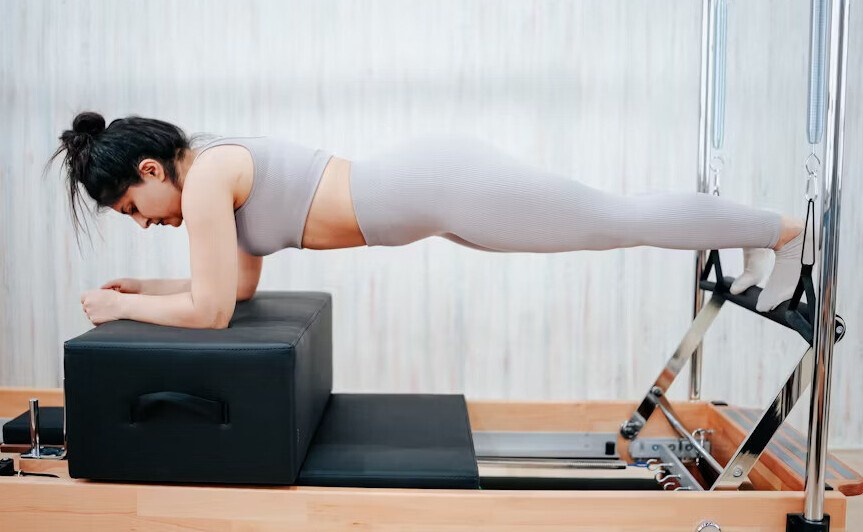
Essential Core Exercises You Can Do at Home
Some moves keep showing up in all the best routines for good reason, they work! These require almost no equipment and can be adjusted for all levels.
- Planks: Great for abs, obliques, lower back, and shoulders. Start on your forearms or knees if needed.
- Dead Bugs: Fun name aside, these are awesome for building stability without straining your neck or back.
- Glute Bridges: Work your lower back, glutes, and hamstrings while protecting your spine.
- Birddog: This exercise builds core balance and works both your front and back muscles at the same time.
- Mountain Climbers: Add a cardio edge while firing up your abs.
- Side Planks: Focus directly on your obliques and tie in hip and shoulder stability too.
If you want to step it up, adding a small dumbbell, resistance band, or stability ball can bring more muscle activation and variety. For most people, mixing these bodyweight moves works great and keeps things fresh. Another bonus—most of these exercises work deep core muscles, not just the surface layer, so you’re building strength that pays off in everyday life, not just appearances.
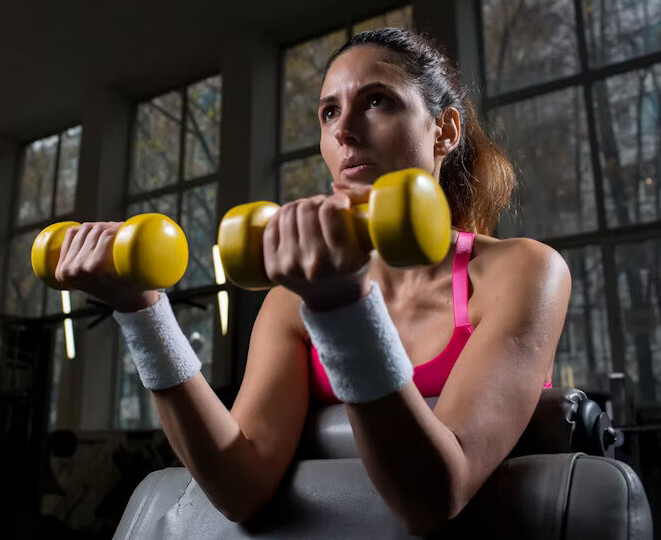
Gear That Makes Core Workouts at Home Easier
While you absolutely don’t need equipment to make progress, a few inexpensive items can keep things more comfortable and a bit more interesting:
- Exercise mat: Carpets and hardwood can be tough on your elbows or back, so a decent mat is pretty handy.
- Resistance bands: Compact and cheap, these little bands let you ramp up moves like clamshells, leg raises, or antiration holds.
- Small Dumbbells or Kettlebells: Not required for beginners, but helpful for exercises like Russian twists or weighted situps.
- Stability ball: These are fantastic for moves that hit both balance and strength, such as ball rollouts or crunches.
- Timer: Sometimes I set up intervals with a phone timer or a workout app for circuit style routines.
This gear can easily be tucked away in a closet or under a bed, making it perfect for small apartments or shared spaces. Even something as simple as a folded towel beneath your back for support can work in a pinch. As your routine grows, you might want to mix in different gear every so often, just to keep your muscles guessing and avoid boredom.
Common Obstacles (and How I Got Around Them)
Sticking with a core routine at home is not always a breeze. I’ve had to work around a few common hurdles:
- Floor discomfort: Thin rugs are not enough for most elbows and spines. A padded mat makes a big difference.
- Distractions: Family, phones, pets—there’s always something. Having a set time (even just 15 minutes) helps lock it in as part of your routine.
- Sticking to it: Some days I just don’t feel like planking or crunching. Mixing up exercises or adding a minichallenge (like seeing if I can do a longer dead bug hold) keeps it interesting.
- Not feeling progress: It’s easy to get discouraged when results aren’t instant. Tracking reps, seconds, or the number of sets from week to week helps you recognize wins even before you spot physical changes.
It’s completely normal for motivation to come and go. Even getting in a fiveminute core workout is better than skipping altogether, so I try to show myself a little patience and just keep going. Sometimes, inviting a friend to do a video call workout or joining an online challenge can spur you on when your motivation stalls. If you miss a day, don’t sweat it—just start again the next time and keep the streak alive.
Advanced Tips for Leveling Up Your At-Home Core Routine
Once the basics start feeling easy, there are some fun ways to kick it up a notch and keep challenging yourself:
Mix in dynamic stability moves: Try exercises that make your core respond to shifting loads, such as single arm planks, stabilityball rollouts, or Pallof presses with a band. These challenge muscles in ways static holds can’t match and help build realworld strength.
Add some rotational or antiration work: Moves like Russian twists or bandresisted antiration presses work your obliques in a way standard planks don’t. Mixing in twisting or sideways resistance wakes up muscles that stabilize your spine during daily movements.
Super set with other exercises: I like sneaking planks or birddogs between squats or pushups to add core work without any extra time.
Try longer intervals or more reps: Set a timer for 45 seconds per move instead of 30, or add an extra set to your workout when you’re feeling strong. These small steps nudge your routine forward without a complete overhaul.
Progressing isn’t about making your moves more complicated, but rather about challenging your stability, muscles, and coordination from a new angle. Switching things up occasionally can break plateaus and keep your workouts fresh.
Cool Real-Life Perks of Core Strength
Strengthening my core at home didn’t just change my workouts. I noticed everyday improvements almost by accident:
- Better posture during long workdays: Sitting feels easier, and my back stays comfortable even after hours at my desk.
- Lifting heavier things with less effort: Whether it’s groceries or moving boxes, a tight core means less strain on my back and arms.
- Boosted running and cycling: My stride feels smoother, and my legs get tired before my back or abs do now.
- More balance in everyday activities: Even things like climbing stairs or walking on bumpy sidewalks feels more stable.
- More confidence in playing with kids: Running, bending, and carrying little ones all feel easier and safer thanks to extra core stability.
You don’t have to train like a pro athlete to see these perks. Everyday life gets more comfortable and free when your center is solid. Over time, these improvements build into a real sense of independence and control over your own body.
Frequently Asked Questions
Here are a few common questions about building core strength at home. I’ve faced some myself, and others come up a lot when chatting with friends and family.
Question: How many times a week should I work my core?
Answer: Two or three core workouts each week is a good target for most people. More isn’t always better, because recovery is key for getting stronger.
Question: If I have back pain, should I still do core exercises?
Answer: Many people actually find that gentle core work helps with back pain, but it’s smart to skip anything that makes your pain worse. Moves like birddog, dead bug, or glute bridges are usually lower impact. If you’re unsure, it’s worth asking a physical therapist or doctor for some guidance before you start.
Question: Will these exercises give me sixpack abs?
Answer: Visible abs are mostly about body fat, which comes from a mix of regular movement, smart eating, and genetics. Core exercises build muscle and stability, but everyone’s body shows muscle a little differently. It’s best to focus on function, not just looks, for a stronger and more dependable core.
Getting Started Is More Than Half the Battle
Consistency matters way more than fancy gear, and five minute sessions still count. Adding core exercises at home is a solid move for anyone, no matter your age or background. With regular practice, core strength brings payoffs in how you feel day to day and in what you can do—not just in sports, but in every part of life.
Thanks for checking this post out feel free to to leave a comment, ask questions and be sure to look on the other posts for everything fitness.
